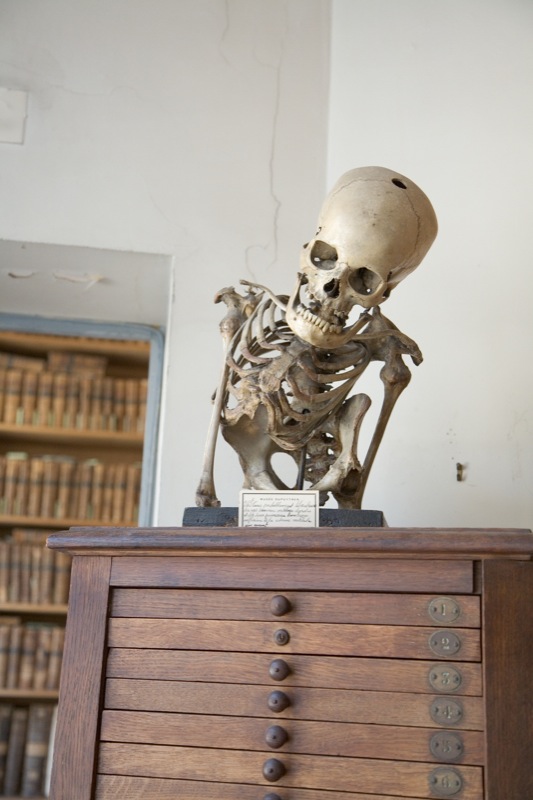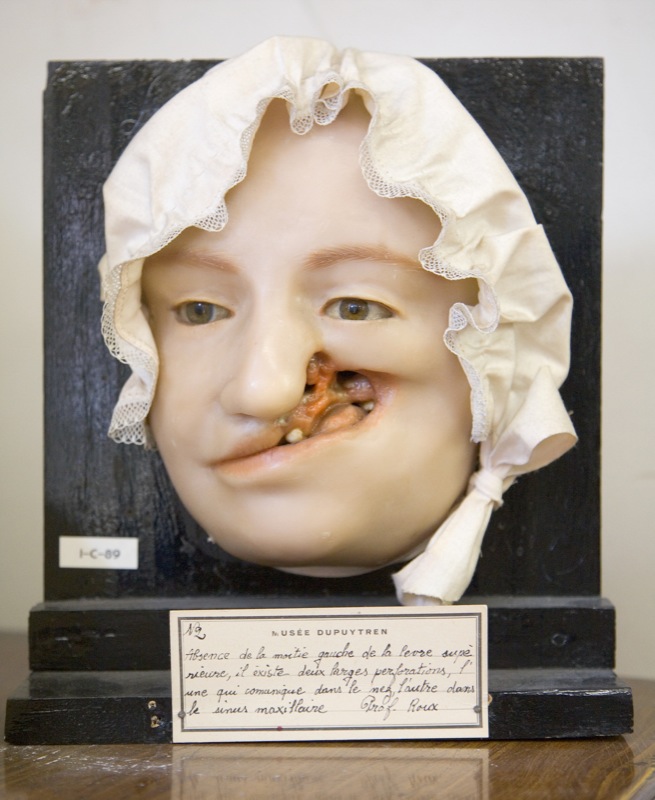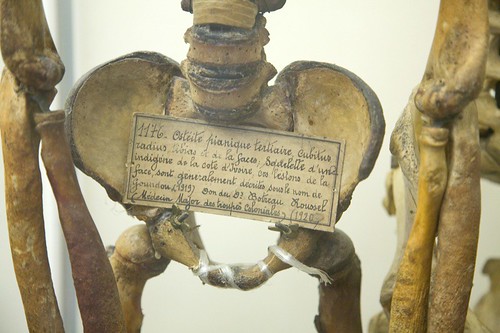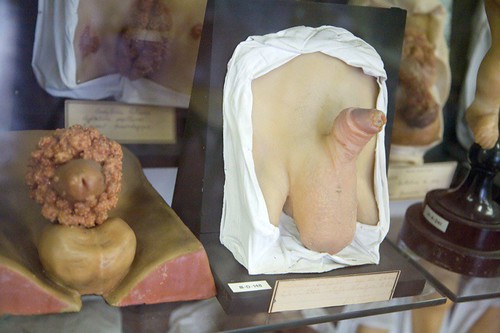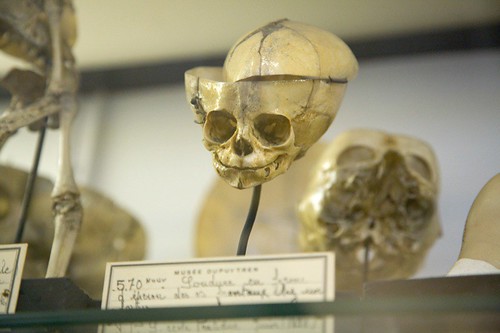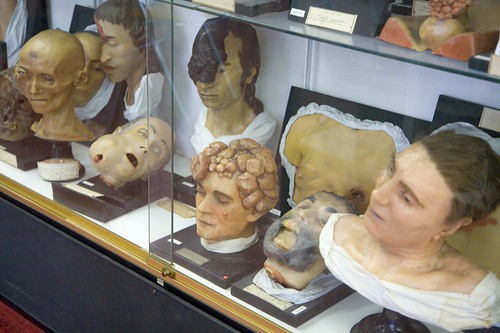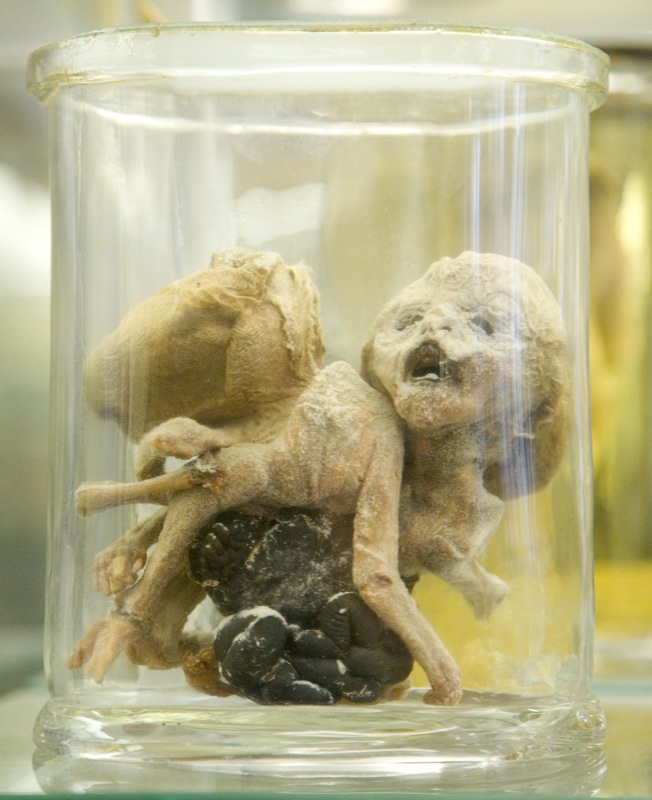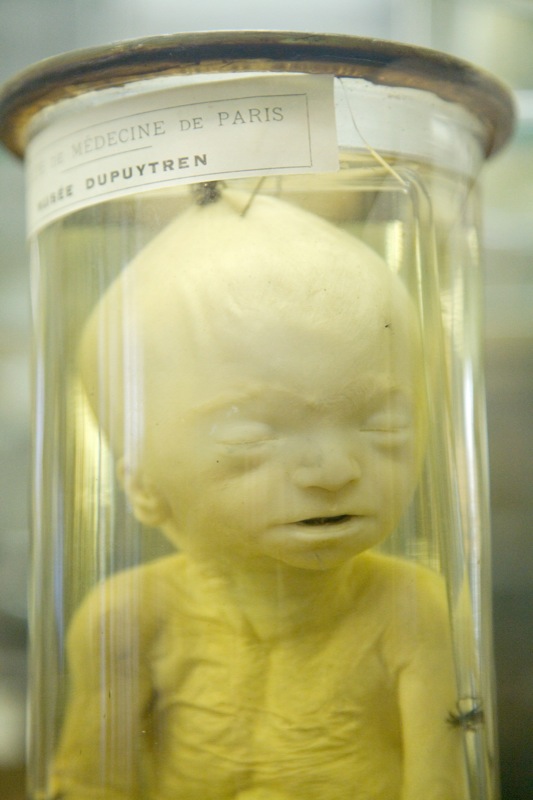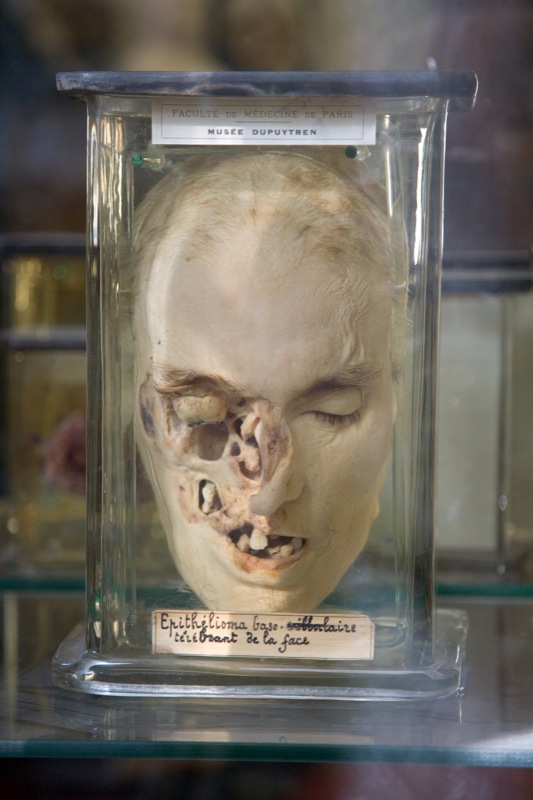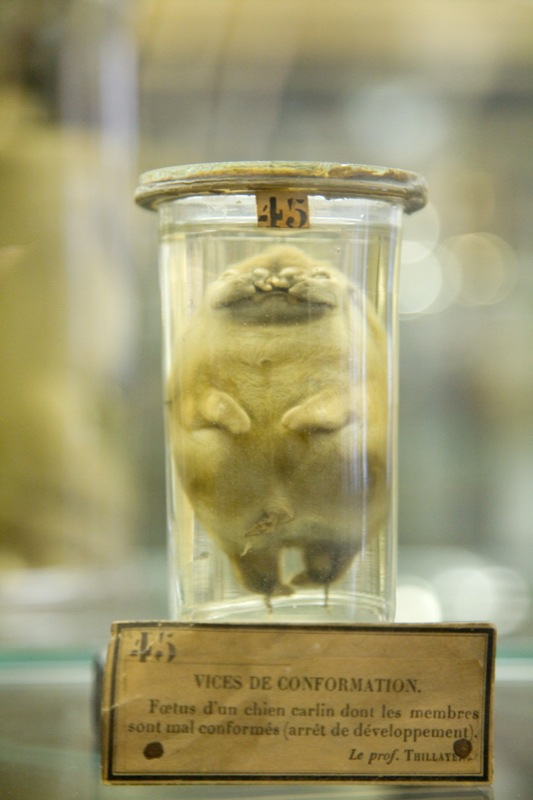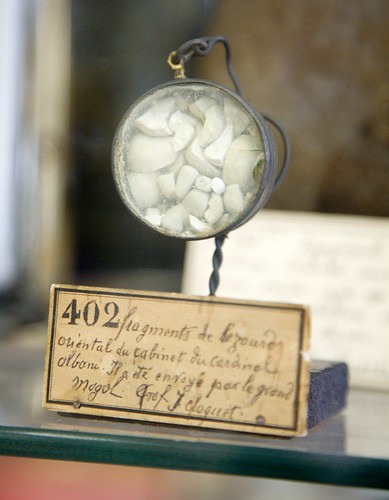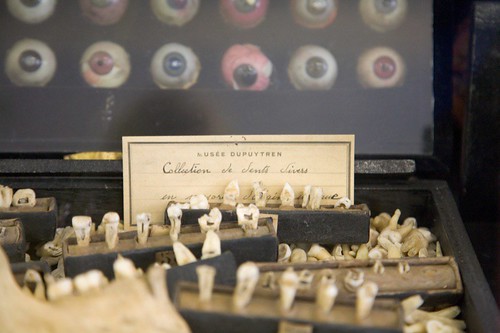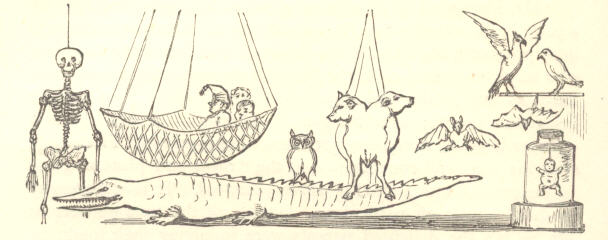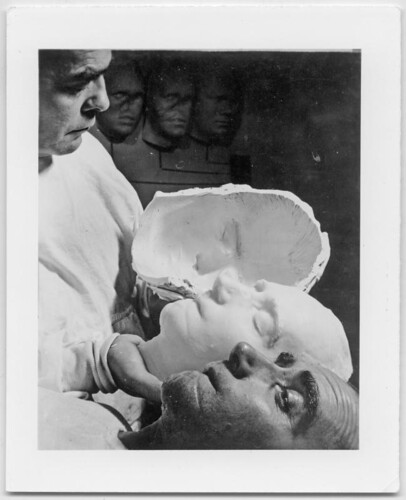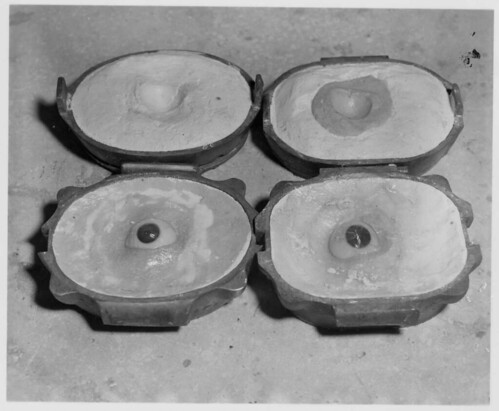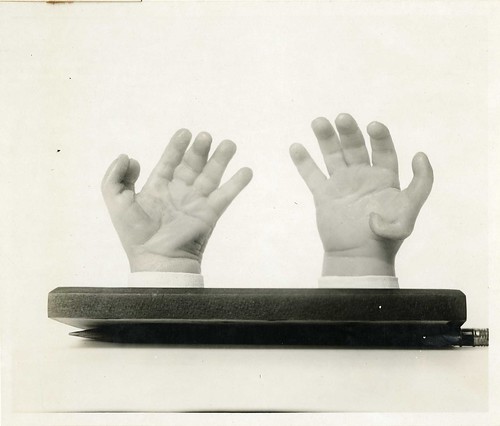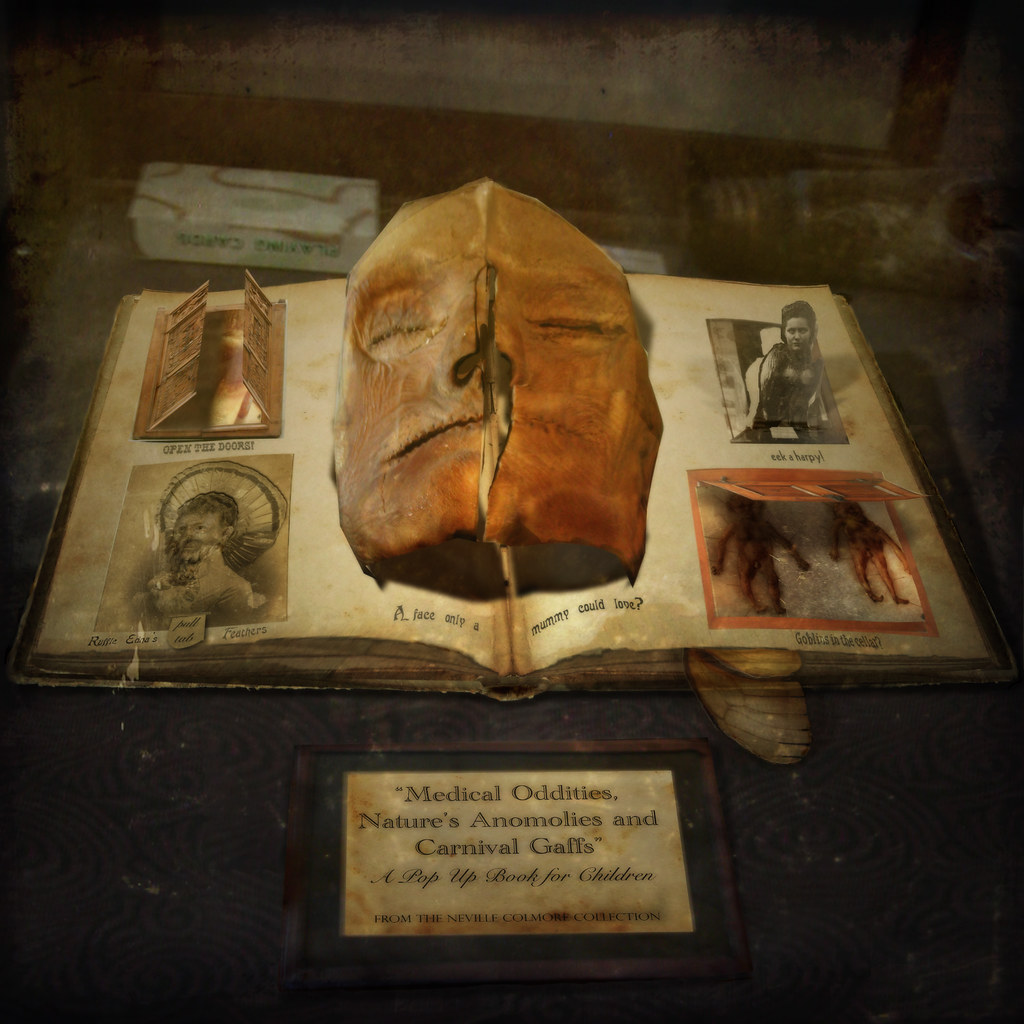
Please join Morbid Anatomy and Observatory for our next event this Thursday, July 2, at 7:30 PM:
"'Bodies Embalmed by Us NEVER TURN BLACK!' A Brief History of the Hyperstimulated Human Corpse"
John Troyer, Ph.D., Centre for Death and Society, University of Bath
Date: Thursday July 2nd
Time: 7:30 PM
Admission: Free
In October 1902, Dr. Carl Lewis Barnes and his brother Thornton H. Barnes, both instructors at the Chicago College of Embalming, created a large exhibition of embalmed corpses and body parts for the National Funeral Directors Association in Milwaukee, WI. The Barnes brothers’ exhibit featured human specimens preserved with Bisga Embalming Fluid—a product invented and produced by Dr. Barnes for consumer use by other embalmers. The centerpiece of the exhibit was the Bisga Man, an embalmed male corpse sitting upright in a chair with one leg crossed over the other, wearing a fashionable suit.
In early twentieth century America, the Bisga Man represented the perfect nexus of mid to late nineteenth century preservation technologies that were to radically redefine the organic existence of the human corpse. Such preservation technologies represent a series of overlapping choices, embalming chemicals, apparatus, and funeral practices all intent on keeping the dead body looking ‘‘properly’’ human. Yet these external forces acting on the human corpse do much more than alter the chemical physiology of the dead body to suspend decomposition: through these forces, the concept of human death itself is simultaneously being altered.
Troyer’s talk analyses and critiques how the modern human corpse became an invented and manufactured consumer product through the industrialization of the dead body in mid nineteenth century America. More specifically, this talk illustrates how the modern human corpse is an invention of specific mid nineteenth century embalming and photographic technologies that seemingly stopped the visible effects of death as they were seen by the general public.
Bio: John Troyer is the Death and Dying Practices Associate at the Centre for Death and Society in the University of Bath, England. He received his doctorate from the University of Minnesota in Comparative Studies in Discourse and Society in May 2006. His Ph.D. dissertation, entitled “Technologies of the Human Corpse, ” was awarded the University of Minnesota’s 2006 Best Dissertation Award in the Arts and Humanities. From 2007-2008 he was a Visiting Assistant Professor in the Department of Comparative Studies at The Ohio State University teaching the cultural studies of science and technology. Within the field of Death Studies, John focuses on delineating and defining the concept of the dead human subject. His research on death and dying, coupled with a cultural studies approach to understanding the global history of science and technology, brings new life to the Centre for Death and Society. His first book, shockingly titled Technologies of the Human Corpse, will appear in 2010. His father is a funeral director.
About the Centre for Death and Society at the University of Bath: The Centre for Death & Society is the UK’s only centre devoted to the study and research of social aspects of death, dying and bereavement. It provides a centre for the social study of death, dying and bereavement and acts as a catalyst and facilitator for research, education and training, policy development, media, and community awareness. More here: www.bath.ac.uk/cdas
Directions
Observatory: 543 Union Street (at Nevins), Brooklyn, NY 11215
Enter Observatory via Proteus Gowanus Gallery
R or M train to Union Street in Brooklyn: Walk two long blocks on Union (towards the Gowanus Canal) to Nevins Street. 543 Union Street is the large red brick building on right. Go right on Nevins and left down alley through large black gates. Gallery is the second door on the left.
F or G train to Carroll Street: Walk one block to Union. Turn right, walk two long blocks on Union towards the Gowanus Canal, cross the bridge, take left on Nevins, go down the alley to the second door on the left.
You can find out more Observatory and future events here. Click here to sign up for the Observatory mailing list. Click image to view larger image.
Image: I want to say a few words to the American funeral directors and embalmers: six months ago I made a few gallons of Bisga Embalming Fluid . . . I was finally able to produce a chemical which would not only remove the discolorations, if present, but would combine with the dark discolored blood and restore it to its natural color, thus removing every vestige of discolorations and thus give the body a perfect life-like appearance.
– Carl Lewis Barnes, 1902, Bisga Embalming Fluid advertisement





